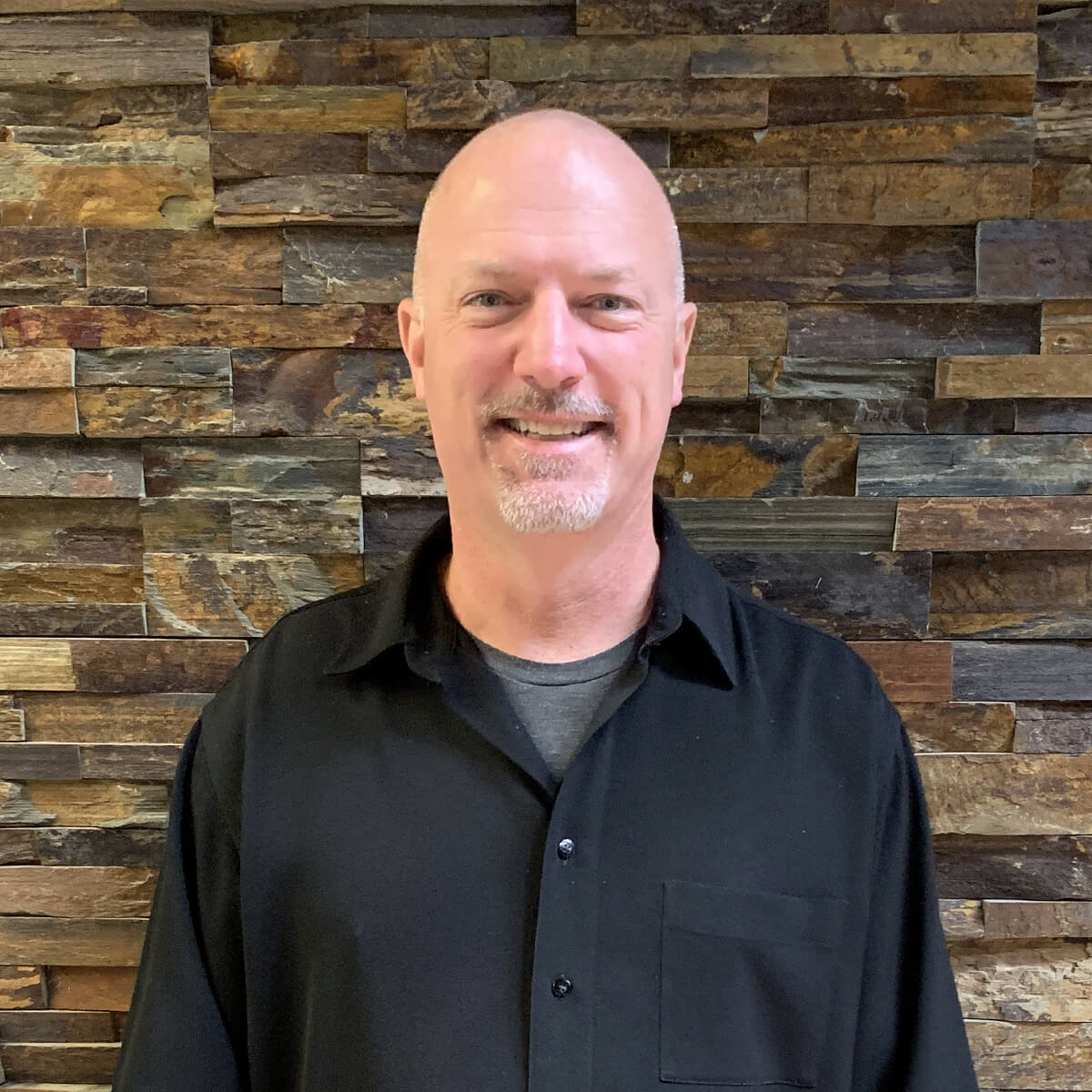Digital Out-Of-Home Comes of Age

"Here's the thing: out-of-home advertising has always been an extremely powerful way to engage audiences," Larry Grella, Executive Vice President, Sales and Business Development at Adomni, recently explained to me as I was questioning him about the rapid growth of digital-out-of-home marketing. "Just ask the IAB, who recently reported that, on average, it provides a 69% lift in activations per digital campaign. That's pretty impressive.
"The problem," he continued, without missing a beat, "has been that, for a long time, out-of-home just didn't keep up as the rest of the marketing world charged forward. But that is changing, now that it is being brought into the digital age, integrated with mobile and made buyer-friendly."
No Place Like Digital Out-of-Home (DOOH)
DOOH represents all of the public-facing digital touchpoints users interact with on a day-to-day basis as they move through the world. This includes billboards, of course, but also digital screens of all types, from kiosks to video games. The ubiquity of these screens means that they are strong as ever in their traditional role of building a brand's funnel. "Out-of-home has been good at building brands as long as it has existed," Grella (pictured at top) reminded me. "I remember being a kid, driving into the city with my dad. We always passed a big Mercedes ad and I fell in love with it. I decided way back then that, one day, I'd be driving one myself."
In today's world, with its ever-growing focus on hyper-local activation designed to drive in-store engagements, DOOH can do a lot more than this, particularly when paired with mobile. "We are now able to move with consumers through the world and tailor their digital-out-of-home experiences to how they are actually living their lives," Grella said, "because now we can combine audience segmentation and filtration with specific geofencing, targeting specific types of screens in synch with both desired audiences and metrics and then layering mobile on top to drive in-store conversion."
After listening to Grella explain it, it is hard not to view the growth of DOOH as inevitable -- even though it has been a long time coming -- particularly considering how well it complements other media. "It is what digital and mobile on their own have been missing," he shared. "It's that on-point activation that so often tips the scales. Together, the three make up the golden trifecta. But the growth of DOOH is not just about getting access to an ever-expanding world of digital screens and activations. You can have the best product imaginable, but what good is it if no one wants to purchase it the way you are offering it?
Making it Easy for Buyers to Buy
"Media buyers are young, they're busy and they're facing enormous pressure," Grella asserted. "For most of them, it has historically been hard not to see out-of-home advertising as having a small impact zone, a high expense and limited-to-zero data to back up claims of efficacy -- even when they didwant to put in the effort to buy it. Fortunately, solving this dilemma has been pretty straightforward. The market simply had to stop trying to sell DOOH to buyers on its own terms and instead allow them to purchase the way they are used to buying things. Let them buy DOOH like they buy everything else, from books to clothes to media: what they want, when they want it and in the form they like best."
Ultimately, buyers want to purchase an audience, over a specific date, on specific media. And they want attribution and good reporting -- both performance and delivery.
The nature of the purchasing process is also important, Grella added. "Media buyers don't want to wait around on five vendors so they can view responses to five different RFPs," he said. "They have worked their asses off, and they want to get to happy hour! So -- and this is what we've created at Adomni -- they want a platform that allows them to come in and build exactly the campaign they want to, knowing in advance what kind of reporting and attribution they can expect. It's simple, it's clear and it can be purchased on a credit card. And it's fast! You can build a plan targeting eight different screens, tailored to unique demographics, psychographics and behaviors, in 30 minutes. And you can do that three months in advance or at 8:30 p.m. the Friday night before your campaign goes live.
"So, to come back to where I started, the idea of OOH has always been attractive," Grella concluded. "But progressive buyers couldn't help but be dissatisfied with how the medium was progressing. Finally, this has changed. The targeting, metrics and buying capabilities have all come up to the standards of other media. As a result, the experiences that consumers will be treated to will be significantly more immersive and more impactful than ever before. This is, obviously, very good news for brands. It significantly increases their ability to interact with their consumers, staying in perfect stride with them as they live their lives every day. Who would have thought that out-of-home would be so exciting?"
Click the social buttons above or below to share this story with your friends and colleagues.
The opinions and points of view expressed in this content are exclusively the views of the author and/or subject(s) and do not necessarily represent the views of MediaVillage.com/MyersBizNet, Inc. management or associated writers.


